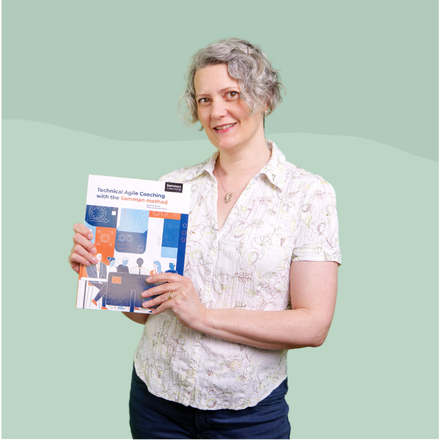Last week I created a little quiz and put a link to it on Twitter. I was interested to see whether the terminology around Test Doubles has standardized on Gerard Meszaro’s definitions, from his book “xUnit Test Patterns“, and I thought my twitter followers (I have over 1000 now!) might be able to tell me.
The quiz was taken by nearly 150 people, and overall, my conclusion is that Meszaro’s definitions are in general use today, (at least amongst people who follow me on Twitter). You can see a summary of the responses here. (I’ve closed the survey now, btw).
The first question was “Which of these is not a kind of Test Double”, and anyone who thought a “Suite” was a kind of test double clearly hasn’t got a clue, so I excluded their answers from my analysis. That was only a handful of responses though.
Looking at the remaining answers, between 70 – 85% share my understanding of what each kind of test double is. The scores are noticably a little lower for ‘Spy’, and actually I think my question on Spies was not very good. Jason Gorman kindly sent me a few tweets pointing out what he thought was unclear about it. The answer I was looking for to distinguish a Spy was “A Spy may raise an exception in the ‘Assert’ part of the test.”. I was trying to articulate the difference between a “Spy” and a “Mock”, but I’ve personally only used Test Spy frameworks like Mockito and unittest.mock. Clearly I have more to learn.
I got the Mock question right, “A mock will fail the test if its methods are not called as expected”, but I thought a Spy was basically the same, except it fails the test in the “Assert” part instead of the “Act” part. Jason kindly pointed out that a Spy could be a Stub, a Fake, or even a decorated ‘real’ object. You don’t necessarily need to use a framework. The distinguishing feature of a Spy is that it records information about interactions, that your test can query later. So that was a good result from my quiz – I learnt something about Spies!
I also asked whether people had read Gerard Meszaro’s book, or my work-in-progress book, because I was interested to see if people would give better answers in this case. When I excluded all the people who said they hadn’t read either book, (about a third of responses), the scores improved significantly – over 80% agreed with me about the definitions of Mock, Stub and Fake. For Spies, on the other hand, the score was lower than for the group as a whole! That was clearly my fault…
Some people tried to argue that the distinction between the various kinds of test double is not interesting, that it doesn’t matter. I disagree. I think each kind has a different purpose and different situations when it is appropriate to use. If you can’t articulate what kind of test double you’re using, then there’s a very real danger you’re using it wrongly, or that better alternatives exist. Like – using several Mocks in the same test case, and finding it very fragile, when Stubs would be sufficient. Or – creating a new Stub for every test case, when it would be less work, and make for clearer tests, if you had a Fake that you could re-use in several.
So my conclusion from this quiz, and my other research on the subject, is that it’s worth using Meszaro’s definitions when discussing Test Doubles. A lot of programmers have a good working understanding of them, and do know the difference between a Stub and a Mock. So that’s very encouraging! One of the reasons Meszaros invented the “Test Double” terminology was to clear up the confusion that reigned at the time. It seems to me we’re in a much better position today because of his work. I do think there is more to do, though, I still see people using Test Doubles badly. Which is partly the motivation for my new book, which is about various techniques in Test Driven Development, not just Test Doubles actually. I’d better go and do some work on the section on Spies…






